Aon Hewitt recently released the 2012 People Risk Index, ranking 131 cities worldwide based on the risk that organizations within the cities face with recruitment, employment and relocation.
To measure the cities' risk level, Aon analyzed factors such as demographics, access to education, talent development, employment practices and government regulations.
“With increasing labor costs and continued economic volatility around the world, leaders of global organizations understand that talent management is crucial to the success of their business operations,” says Rick Payne, regional Talent and Rewards practice leader for Aon Hewitt in Asia Pacific. “Identifying locations and formulating a successful workforce planning strategy involves looking beyond cost.”
In this slideshow, we present the top five highest risk cities (ranked 126 through 131) and the top five lowest risk cities (ranked one through five). See the full list here.
Click “next” to see if your city made the top five highest and lowest risk cities in the world.
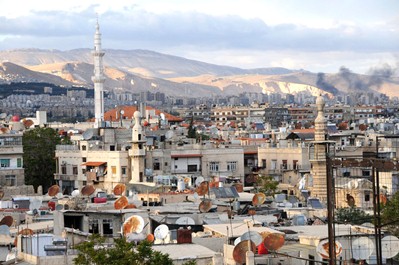
Highest Risk: Damascus, Syria
Ranking dead last among the 131 cities listed is Damascus, Syria.
Political turmoil and lack of stable governments increase the people risks in the highest-risk cities. With the ongoing uprising in Syria, it's no surprise that its capital city is considered the highest-risk city on Aon's list.
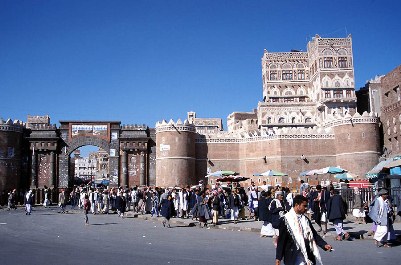
Highest Risk: Sana'a, Yemen
Sana'a, Yemen is the second highest-risk city on the list, coming in at 130.
Along with other Middle Eastern countries, Yemen experienced mass uprisings in early 2011 against factors including unemployment and economic conditions that are continuing today, impacting the country's ability to implement and enforce business-friendly employment practices and invest in talent development initiatives.
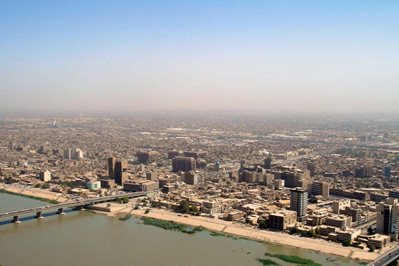
Highest Risk: Baghdad, Iraq
Coming in at 129 is Baghdad, Iraq.
The People Risk Index notes that the highest risk cities also have significant risks in recruiting talent, as educations systems are unable to keep up with demand, making it difficult for organizations to find sufficiently-skilled workers.
In recent years, war and political unrest have negatively impacted the education system in Iraq, causing widespread illiteracy as well as inadequate education for women.
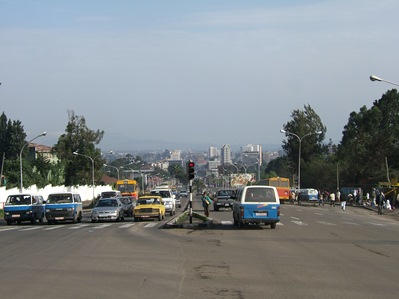
Highest Risk: Addis Ababa, Ethiopia
After numerous costly wars and political unrest in its recent history, Ethiopia's economy is hurting, helping its capital Addis Ababa rank 128 on the 2012 People Risk Index.
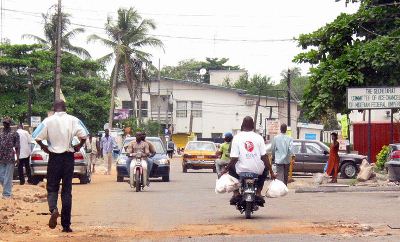
Highest Risk: Lagos, Nigeria
The last of the top five highest risk cities is Lagos, Nigeria, which is tied at 126 with Tripoli, Libya.
“Working age populations are expected to grow in many high risk cities over the next decade, which will expand the future labor pool and increase opportunities for organizations to recruit and redeploy talent,” says Payne. “As this happens, we expect the demographic risks in these cities will improve over time.”
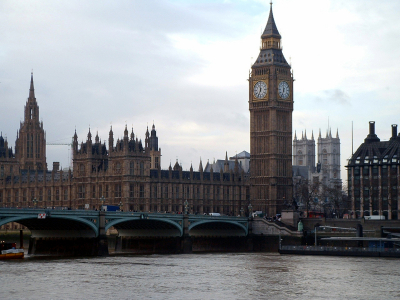
Lowest Risk: London
London is tied at number four in the top five lowest risk cities.
According to Payne, “Government support strongly correlates with people risk. Cities with low risk typically have a government that is transparent, non-confrontational, deals with employment issues fairly and promotes education and talent development initiatives. Employers in these cities are less likely to be surprised by changes in government policies on employment, health care and retirement and they have better support in terms of workforce development.”
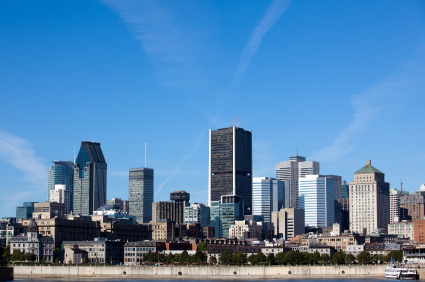
Lowest Risk: Montreal
Montreal is among the five lowest risk cities (tied in fourth place with London) primarily due to Canada's strict enforcement of equal opportunity laws, clear government-mandated health and retirement benefits, low levels of corruption and the high quality and broad availability of training facilities.

Lowest Risk: Singapore
Singapore is the only city outside of Europe and North America among the five lowest risk cities, according to the index. Contributing to its number three rating are its strict laws on discrimination and occupational health and safety, flexibility on personnel costs, lack of corruption and willingness to work with the private sector on human resources related issues. Singapore also has low terrorism and political risks and strong government support.

Lowest Risk: Toronto
While Toronto has low employment and redeployment risk, the city's recruitment risks are higher than the other top five cities because of its relatively small working age population and lower immigration rates.
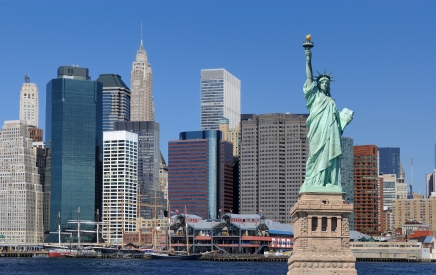
Lowest Risk: New York City
New York ranked lowest in demographics risk based on its large working age population, positive immigration rate and high workforce productivity.
New York's education and talent development risks also are among the lowest in the world. This can be attributed to world-class educational institutions and training facilities, and a large pool of qualified and experienced talent.
However, the index showed that the city has higher employment risk than the other top five cities, mainly due to higher violence and crime rates, and higher health care and benefits liability risks.
Want to continue reading?
Become a Free PropertyCasualty360 Digital Reader
Your access to unlimited PropertyCasualty360 content isn’t changing.
Once you are an ALM digital member, you’ll receive:
- Breaking insurance news and analysis, on-site and via our newsletters and custom alerts
- Weekly Insurance Speak podcast featuring exclusive interviews with industry leaders
- Educational webcasts, white papers, and ebooks from industry thought leaders
- Critical converage of the employee benefits and financial advisory markets on our other ALM sites, BenefitsPRO and ThinkAdvisor
Already have an account? Sign In Now
© 2025 ALM Global, LLC, All Rights Reserved. Request academic re-use from www.copyright.com. All other uses, submit a request to [email protected]. For more information visit Asset & Logo Licensing.








